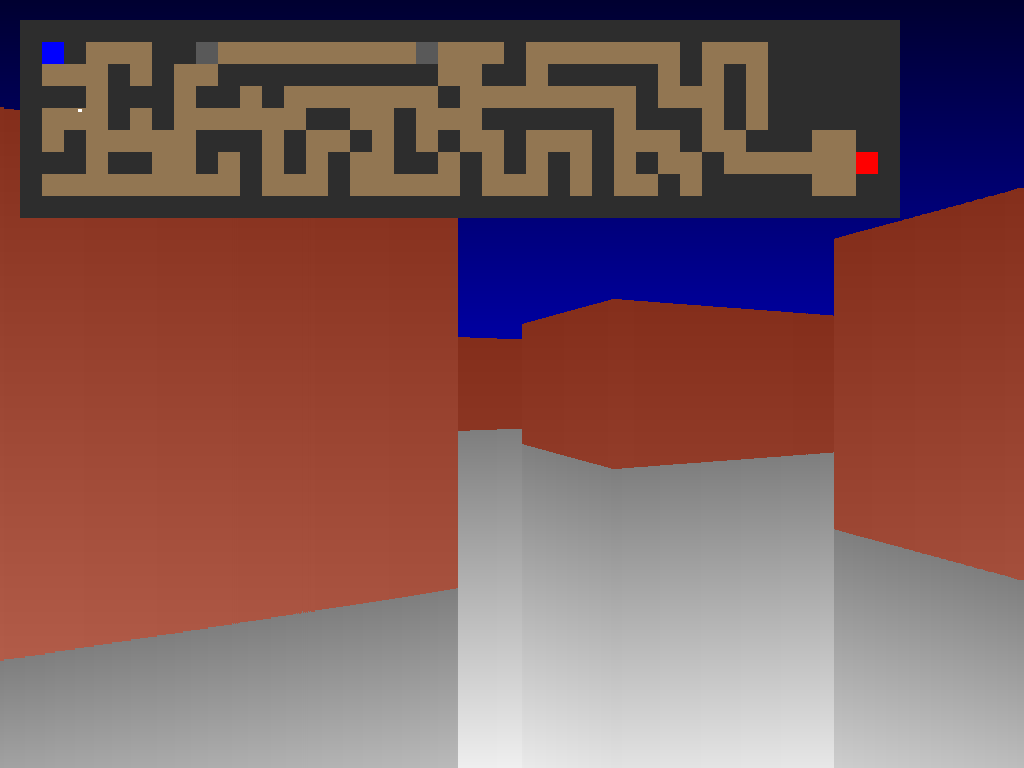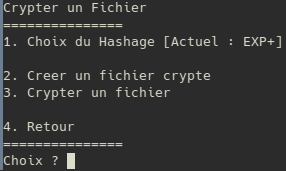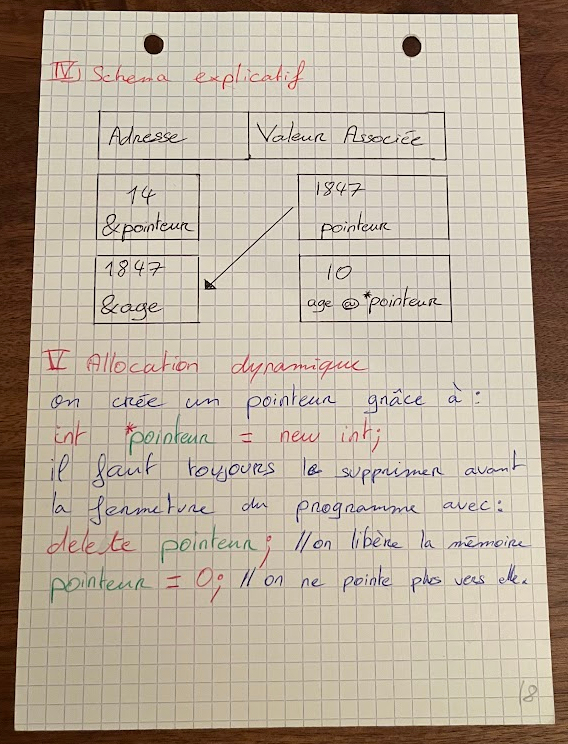University milestones
08/12/2024 • story project C C++
The moment my programming skills really began to evolve was during university. I was learning a lot, mainly because we often spent Saturdays and Sundays there, developing concepts together. The first year started with simple projects, such as recreating standard C library functions like printf and strlen.
At that point, I wasn’t very confident with Linux systems yet, but I had already developed the (in)famous Racedriver title in C++. This gave me a slight edge, and the tasks weren’t as challenging for me as they were for some of my peers.
The first significant project we tackled was math-based. The objective was to calculate the angle of a ball hitting a paddle in a Pong game. There was even a bonus point for developing a complete Pong game—and of course, I went all in. I ended up putting way too much effort into making that game, simply because I loved making games. It thrilled me that game development was now part of my academic journey.

Now add some germans and guns, and you're there!
A few weeks later, we faced a new challenge: creating a project inspired by a legendary id Software game, Wolfenstein 3D. Aptly named wolf3d, the project required us to implement ray tracing to project walls onto a grid map. I was stunned—this was how developers in the early days created 3D games with minimal resources and basic renderers. In just a few lines of code, I had the foundation of a Doom-like experience. That project shifted my perspective on game creation and opened the door to the world of graphics programming.
Although I didn’t delve deeply into raw graphics after that and eventually transitioned to game engines, learning those fundamentals was amazing.
The journey continued with projects that explored the inner workings of systems. One standout was coding a Bash-like shell from scratch in C++. Through this, I discovered the intricacies of file descriptors, output/input piping, and shell behavior. It was a thrilling experience and one that later motivated me to start my StbxEngine project.
Another fascinating project was called CoreWar. It was a battle between two programs, each attempting to overwrite the other’s memory. The concept was—and still is—widely popular online, with communities continually developing AI for it.
I’m sure I’ve forgotten some projects, but these are the ones that left a lasting impression on me. They were milestones in shaping my understanding of programming and igniting my passion for creating.


